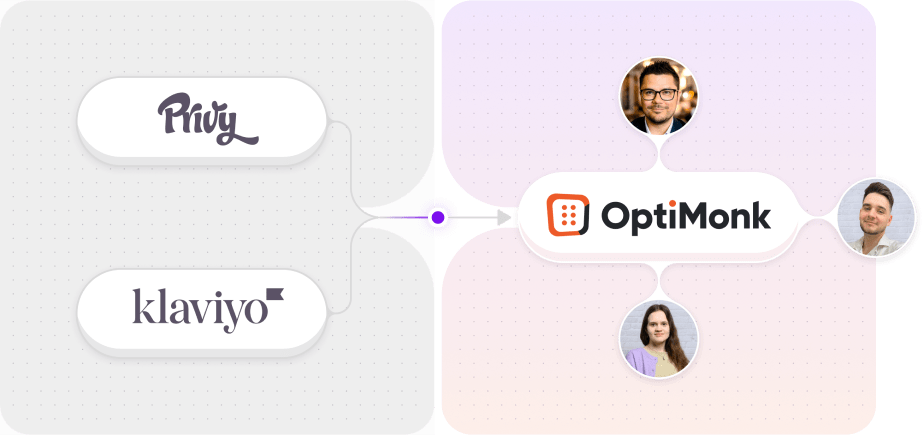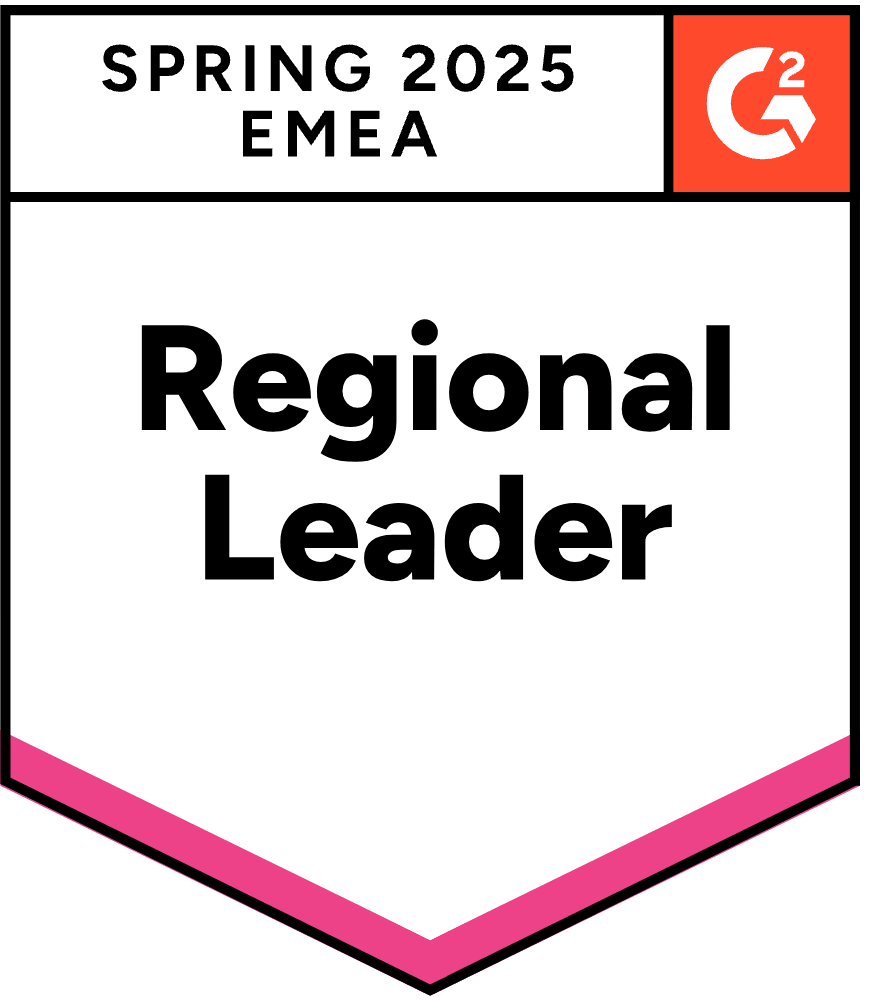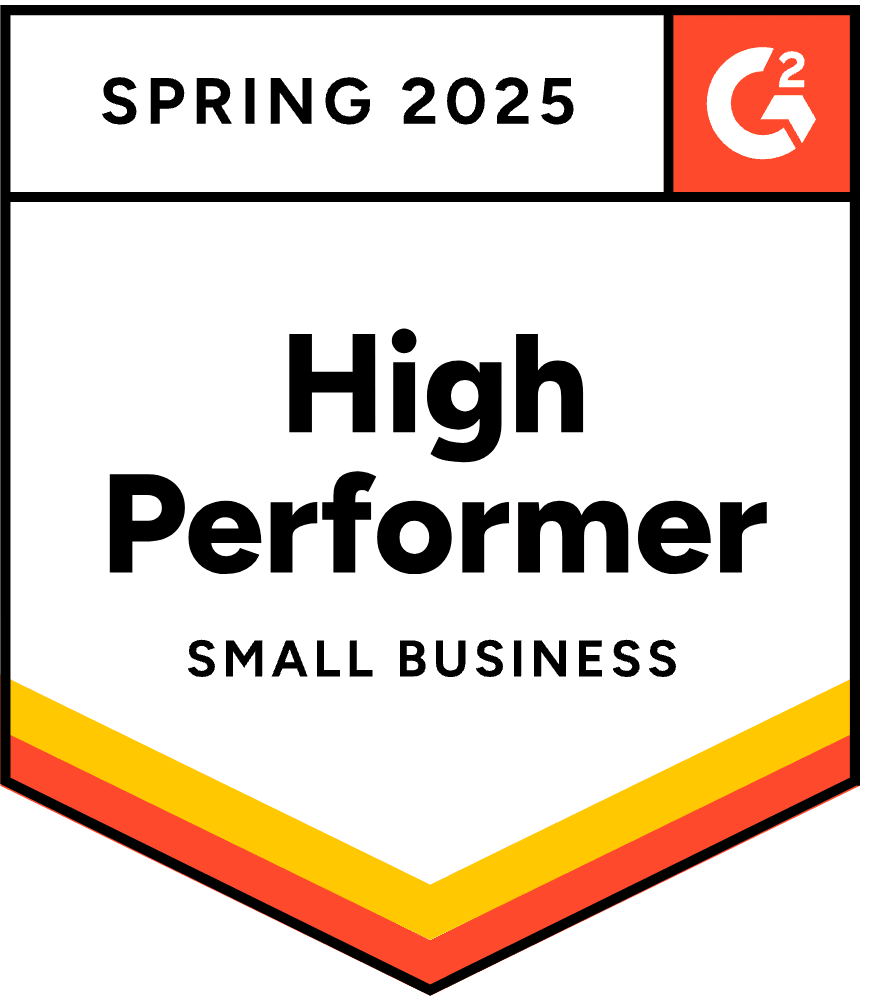- Blog
- Why is It Considered Important to Focus on The Buyer Persona?
Why is It Considered Important to Focus on The Buyer Persona?
-
Nikolett Lorincz
- Conversion
- 6 min read
Table of Contents
Imagine trying to hit a target with your eyes closed. That’s what marketing without a clear understanding of your audience is like. Understanding buyer personas is crucial for making data-driven decisions and delivering personalized marketing.
Creating detailed buyer personas is akin to opening your eyes, giving you a clear aim at your target market.
Whether you’re a seasoned marketer or a budding entrepreneur, understanding your buyer personas can transform your marketing efforts, making them more precise and effective.
In this article, we’ll discuss what buyer personas are, why they matter, and how you can craft and utilize them for your business success.
Let’s get started!
What is a buyer persona?
A buyer persona is a semi-fictional representation of your ideal customer based on market research and real data about your existing customers.
It encapsulates key characteristics such as demographics, behavior patterns, motivations, goals, and pain points.
Think of it as a character sketch that helps you understand and empathize with your target audience.
These personas help businesses understand and empathize with their customers, ensuring that marketing strategies are tailored to meet the specific needs and desires of different segments of their audience.
Essentially, buyer personas provide a clear and actionable snapshot of who your customers are and what drives them.
Why should you focus on creating buyer personas?
Focusing on creating buyer personas offers several key benefits that can significantly enhance your marketing efforts, product development, customer service, and overall business efficiency.
Here’s a closer look at why investing time in developing accurate buyer personas is crucial for your business success:
1. Personalized marketing
Personalization is the cornerstone of effective marketing. With clear buyer personas, you can tailor your content and campaigns to resonate with prospective customers, ensuring your messages address their specific attitudes, concerns, and decision criteria.
Instead of a one-size-fits-all approach, you’ll be able to craft relevant messages, segment your audience, and increase conversion rates.
2. Product development
Understanding your personas’ needs and pain points can guide product development, ensuring that your offerings align with what your customers truly want.
Buyer persona research can guide product development by understanding customer preferences and behaviors. By focusing on buyer personas, you can identify gaps and prioritize features.
3. Enhanced customer service
Knowing your detailed buyer persona helps customer service teams anticipate issues and provide more effective support.
This can lead to proactive assistance, personalized support, and increased customer loyalty.
4. Efficient resource allocation
By focusing your efforts on the most profitable customer segments, you can allocate your marketing budget more efficiently.
By defining and targeting multiple buyer personas, you can allocate resources more efficiently by focusing on the most profitable segments. This means you can maximize ROI and reduce wastage.
How to use buyer personas?
Once you’ve developed detailed buyer personas, it’s time to apply them to various aspects of your business.
Here are some practical ways to utilize your buyer personas effectively with real-life examples:
1. Content creation
Creating content that speaks directly to your target customer is crucial for engagement and conversion.
Bearaby’s blog is a perfect example of this. They write articles that address the specific interests, challenges, and pain points of your personas.

Follow this tactic if you want your blog content to be relevant and valuable. This will encourage more shares and interactions.
On social media, you should also craft posts that resonate with the lifestyles and preferences of your personas. Use the language, tone, and topics that appeal to each segment to foster stronger connections.
Check out how Rare Beauty does this on TikTok:
2. SEO and keyword strategy
Understanding the search behaviors of your personas can greatly enhance your SEO efforts. Here’s what you should do:
- Keyword research: Identify the search terms and phrases your personas use when looking for products or solutions in your industry. This helps you target the right keywords in your content and SEO strategy.
- Content optimization: Optimize your website content, blog posts, and landing pages with the keywords that match your personas’ search intent. This improves your chances of ranking higher in search engine results.
- Long-tail keywords: Focus on long-tail keywords that reflect the specific questions and problems your personas are searching for. This can help you attract more qualified traffic to your site.
3. Product recommendations
Using buyer personas can enhance the personalization of your product recommendations.
Analyze your personas’ purchasing behaviors and preferences to recommend products that are most relevant to them. This can be done on your website through embedded content or with popup just like Goldelucks does in this example below:

You can also use persona insights to tailor upselling and cross-selling strategies. Suggest complementary products or upgrades that your personas are likely to be interested in, based on their past behavior and preferences.
4. Sales strategies
Equip your sales team with specific information about each persona’s goals, challenges, and objections. This allows them to tailor their pitches and build stronger connections with potential customers.
You can also use personas to train your sales team on how to approach different types of customers. Role-playing scenarios based on personas can help sales reps practice and refine their strategies.
Develop personalized follow-up strategies based on the behavior and preferences of your personas. This could include customized emails, phone calls, or even content that addresses their specific needs.
How to create a buyer persona for your business?
Creating a buyer persona is a crucial step in understanding your customers and tailoring your marketing efforts.
Here’s a detailed guide on how to develop effective buyer personas for your business.
Step 1: Research
The foundation of a solid buyer persona is thorough research. Start by gathering data from various sources to get a comprehensive view of your audience:
- Surveys and questionnaires: Conduct surveys and questionnaires to collect direct feedback from your customers. Ask about their demographics, interests, challenges, and purchasing habits.
- Customer interviews: Interview a diverse set of customers to gain deeper insights into their motivations, goals, and pain points. Personal interactions often reveal nuanced information that surveys might miss.
- Analytics tools: Use analytics tools to examine website traffic, social media engagement, and purchasing behavior. Tools like Google Analytics, social media insights, and CRM data can provide valuable quantitative data.
- Sales team insights: Tap into the knowledge of your sales team. They interact with customers daily and can offer unique perspectives on customer needs and behaviors.
- Customer feedback: Review feedback from customer support interactions, reviews, and testimonials. This helps identify common issues and sentiments among your customers.
Step 2: Identify patterns
Once you have gathered sufficient data, the next step is to analyze it to find common traits and behaviors.
Divide your data into categories based on demographics, behavior, and feedback. Look for patterns in age, gender, location, job titles, and purchasing habits.
Pay attention to recurring themes in customer goals, challenges, and motivations. This will help you understand what drives your customers and what obstacles they face.
Group customers with similar characteristics and behaviors into clusters. Each cluster represents a potential buyer persona.
Step 3: Create profiles
With your clusters identified, you can start developing detailed profiles for each persona:
- Persona name: Give each persona a name to humanize them and make them easier to reference in discussions.
- Demographic details: Include basic information such as age, gender, education, income level, and location.
- Job title and role: Specify their job title, role, and industry if relevant. This helps in understanding their professional background and work-related challenges.
- Goals and objectives: Outline what each persona aims to achieve, both personally and professionally. Understanding their goals helps in aligning your product or service to meet their needs.
- Challenges and pain points: Identify the key challenges and pain points each persona faces. This provides insight into how your product or service can solve their problems.
- Behavioral traits: Describe their buying behavior, preferred communication channels, and content consumption habits. This information is vital for crafting personalized marketing messages.
- Personal background: Add any relevant personal details that might influence their purchasing decisions, such as hobbies, interests, and family status.
Here’s an example buyer persona profile:
Persona name: Marketing Mary
Demographic details:
- Age: 34
- Gender: Female
- Education: Bachelor’s Degree in Marketing
- Income: $75,000/year
- Location: New York City
Job title and role:
- Title: Marketing Manager
- Industry: Tech
- Role: Oversees the digital marketing strategy, manages a team of five
Goals and objectives:
- Increase brand awareness
- Generate high-quality leads
- Improve customer engagement
Challenges and pain points:
- Keeping up with the latest marketing trends
- Measuring the ROI of marketing campaigns
- Managing time efficiently
Behavioral traits:
- Prefers email and LinkedIn for professional communication
- Frequently reads industry blogs and listens to marketing podcasts
- Active on social media, especially Twitter and LinkedIn
Personal background:
- Enjoys traveling and photography
- Balances work and family life with two young children
Step 4: Validate
Ensure the accuracy and relevance of your personas by validating them with additional data and feedback.
Compare your persona profiles with other data sources such as market research reports and competitive analysis to ensure consistency.
Use your personas in small-scale marketing campaigns and monitor the results. Gather feedback from your marketing, sales, and customer support teams to refine the personas based on real-world interactions.
Regularly review and update your personas to reflect any changes in customer behavior or market trends. This keeps your personas relevant and useful over time.
FAQ
How many buyer personas should I create?
It depends on your business. Typically, 3-5 personas are sufficient for most companies, but you might need more if your audience is very diverse.
Can buyer personas change over time?
Absolutely. As market conditions and customer behaviors evolve, your buyer personas should be updated regularly to remain relevant.
How detailed should my buyer personas be?
The more detailed the buyer persona, the better. Include as much relevant information as possible to make your marketing efforts more targeted and effective.
Where can I find buyer persona templates?
There are many resources online where you can find buyer persona templates to help you get started. Some popular sources include:
- HubSpot: Offers free, customizable buyer persona templates that you can download and fill out with your own data.
- Xtensio: Provides a web-based tool for creating detailed buyer personas with a variety of template options.
- Miro: An online collaborative tool with templates for visualizing buyer personas in an interactive format.
- Canva: Known for its design templates, Canva also offers user-friendly persona templates that can be customized to fit your needs.
These templates can guide you through the process of gathering and organizing the information necessary to create buyer personas.
Wrapping up
Buyer personas are not just a marketing tool, they’re a fundamental aspect of understanding and serving your customers better.
By creating and utilizing detailed buyer personas, you can make your marketing strategies more effective, improve customer satisfaction, and drive business growth.
So, take the time to develop your buyer personas—your business will thank you for it.
Migration has never been easier
We made switching a no-brainer with our free, white-glove onboarding service so you can get started in the blink of an eye.

What should you do next?
Thanks for reading till the end. Here are 4 ways we can help you grow your business:
Boost conversions with proven use cases
Explore our Use Case Library, filled with actionable personalization examples and step-by-step guides to unlock your website's full potential. Check out Use Case Library
Create a free OptiMonk account
Create a free OptiMonk account and easily get started with popups and conversion rate optimization. Get OptiMonk free
Get advice from a CRO expert
Schedule a personalized discovery call with one of our experts to explore how OptiMonk can help you grow your business. Book a demo
Join our weekly newsletter
Real CRO insights & marketing tips. No fluff. Straight to your inbox. Subscribe now
Nikolett Lorincz
- Posted in
- Conversion
Partner with us
- © OptiMonk. All rights reserved!
- Terms of Use
- Privacy Policy
- Cookie Policy
Product updates: January Release 2025








